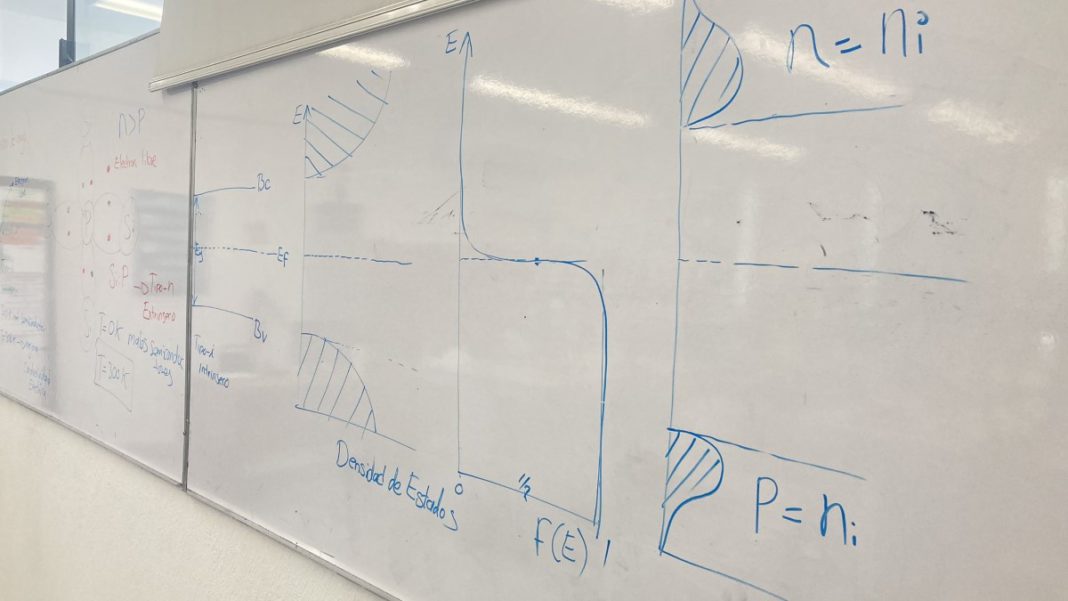INDIA: In the world of quantum mechanics, the behaviour of particles can often defy our intuitive understanding of reality. One fascinating phenomenon in the quantum realm is the Fermi-Dirac statistics paradox.
This paradox revolves around the statistical distribution of identical particles with half-integer spin, such as electrons, in a quantum system.
While the paradox seems contradictory at first glance, it sheds light on the profound nature of quantum mechanics. To comprehend the Fermi-Dirac statistics paradox, we must delve into the statistics governing the behaviour of quantum particles.
According to the laws of quantum mechanics, identical particles fall into two broad categories based on their quantum spin: fermions and bosons.
Fermions, which include electrons, protons, and neutrons, obey Fermi-Dirac statistics. These statistics dictate that no two identical fermions can simultaneously occupy the same quantum state, a principle known as the Pauli exclusion principle.
The Fermi-Dirac statistics paradox arises when we consider a system of identical fermions in thermal equilibrium, such as a gas of electrons.
According to statistical mechanics, the distribution of particles within such a system follows the Fermi-Dirac distribution function.
This function assigns probabilities to different energy states, indicating the likelihood of finding a particle in a particular state.
Here’s where the paradox emerges: As the system’s temperature approaches absolute zero, the Fermi-Dirac distribution function predicts that fermions’ occupation of lower energy states should gradually decrease.
In other words, all fermions should occupy the lowest available energy state at absolute zero. This concept is known as the Pauli blocking principle.
However, experimental observations have revealed a contradiction to this prediction. In specific systems, such as electron gases in metals, scientists have observed that even at temperatures close to absolute zero, not all fermions occupy the lowest energy state.
Some particles possess excess energy and occupy higher energy states, defying the expectations of the Fermi-Dirac distribution.
This apparent discrepancy is at the heart of the Fermi-Dirac statistics paradox. How can some fermions possess excess energy and occupy higher energy states when the Pauli exclusion principle dictates that all lower energy states should be filled first?
The resolution to this paradox lies in the concept of degeneration and the subtle interplay between energy and entropy. At low temperatures, the degeneration of those states heavily influences the occupation of energy states.
Degeneracy refers to the number of quantum states possessing the same energy. When energy states become highly degraded, the particles can distribute themselves among these states, even if they possess excess energy.
Moreover, the Fermi-Dirac statistics paradox highlights the importance of quantum indistinguishability. In the quantum realm, particles are indistinguishable, meaning it is impossible to tell them apart.
This indistinguishability plays a crucial role in determining the statistical behaviour of identical particles and contributes to the emergence of paradoxical phenomena.
Also Read: Unravelling the Mysteries: The Paradox of Thermodynamics and Its Mind-bending Conundrums



